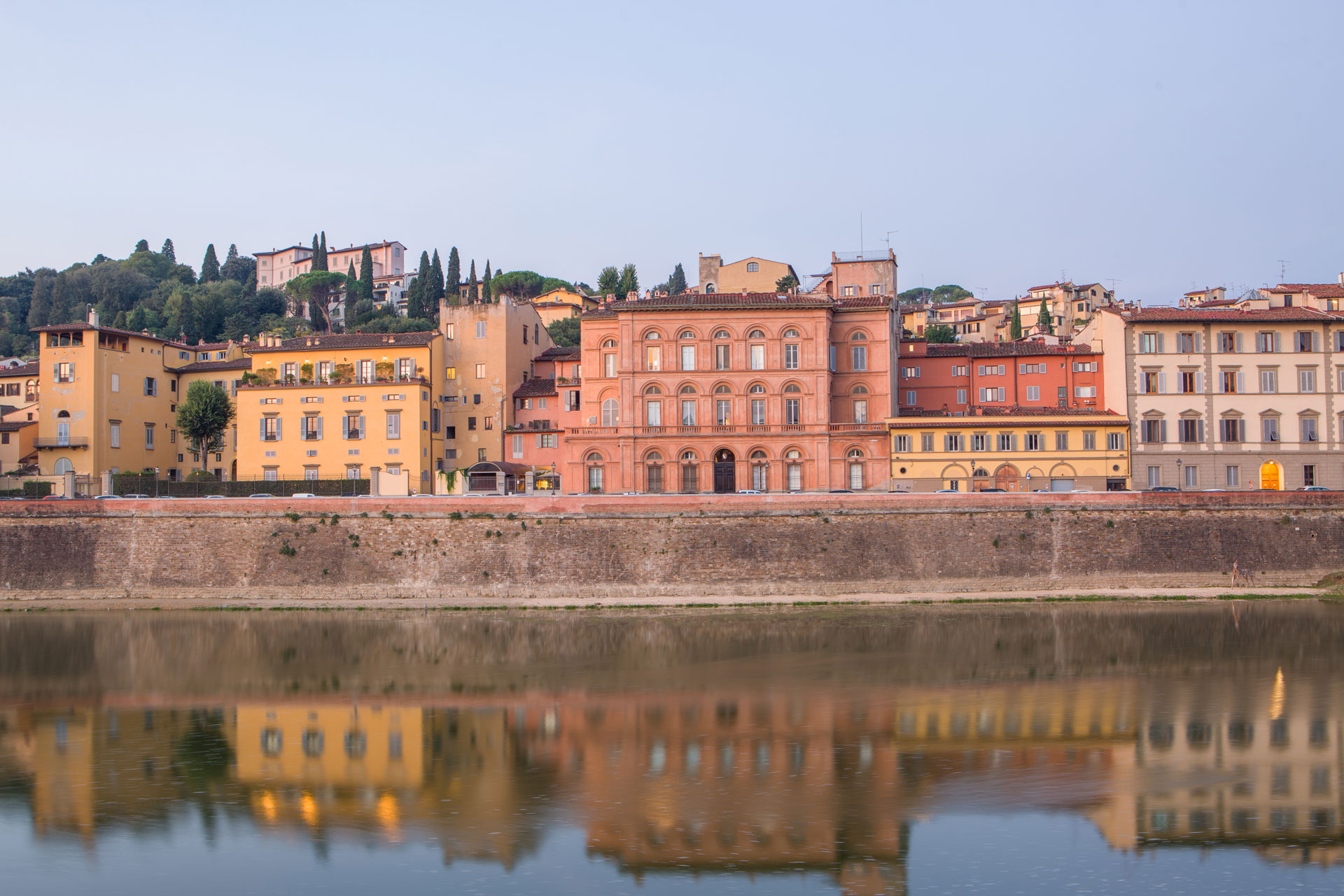Not far from Ponte Vecchio, around 1870 the Torrigiani embankment was created with an underground sewer pipe and a canal for water outflow where the riverbed had already been restricted with the construction of a protection wall, filled up with loose soil. In May 2016 an unexpected collapse caused a three meter displacement of a relevant portion of the protection wall towards the river, creating a vast and deep chasm, huge damages and risks for the near buildings. The restoration work, extremely complicated because of the location as well as for the activities to be performed, was aimed to the progressive increase of structural stability and safety both for existing and ongoing works. The first activity envisaged the consolidation of the soil displaced by the instability event and the execution of micropiles to stabilize the buildings close to the area and the underground tunnel. The damaged riverbank’s wall was supported by inclined foundation self-drilling micropiles embedded into the wall. A new vertical wall, under the road surface, was also built close to the older one. This new structure completely replaced the damaged riverbank wall together with a double system of piles connected on the top, and became an autonomous structure capable both of neutralizing soil load and ensuring hydraulic protection. The new shape of the historical riverbank wall, once the cracks have been repaired, is the only memory left of the occurred event.







